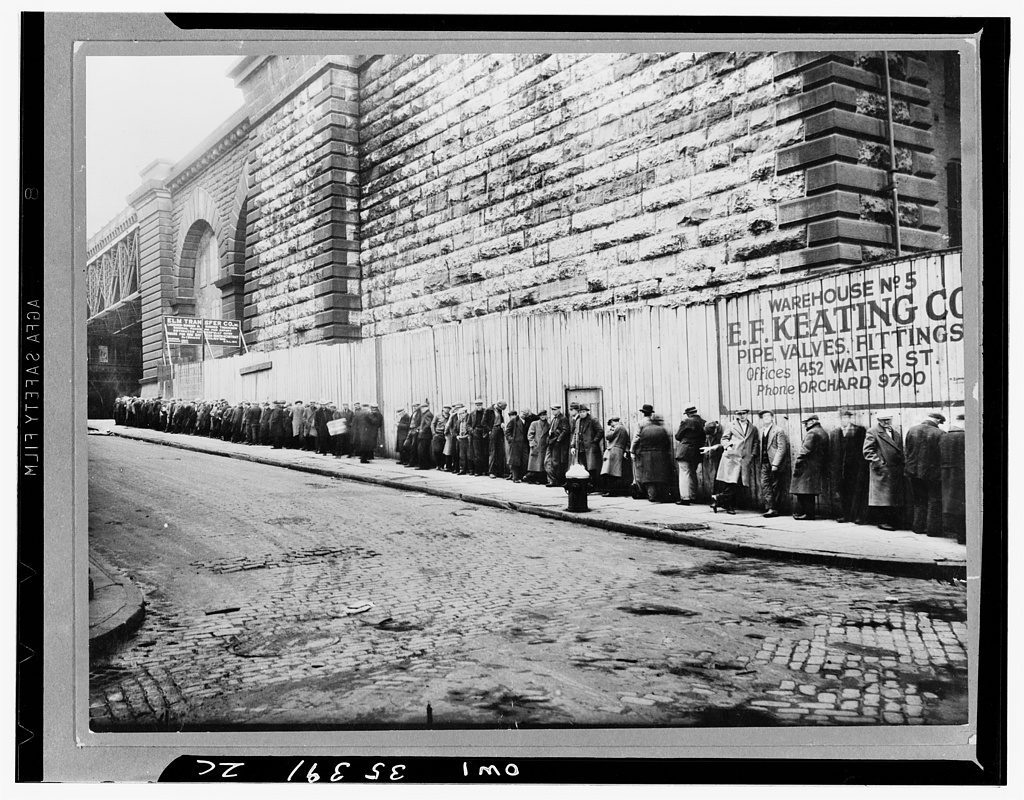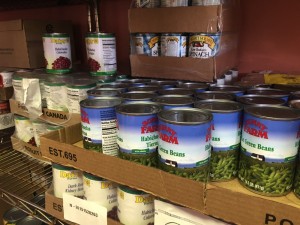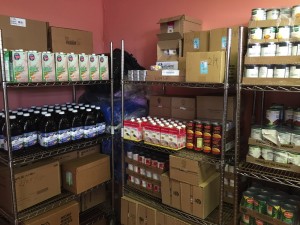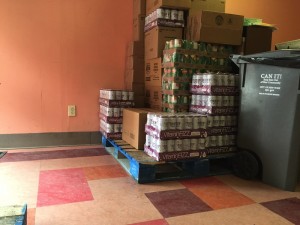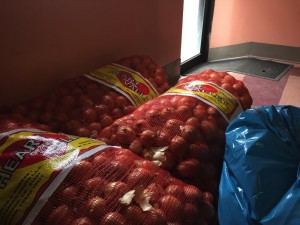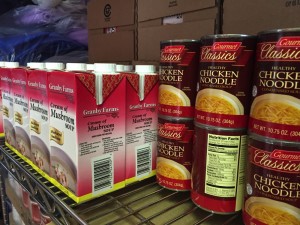Food Banks
Food Pantries and Emergency Food
New York is a city of contrasts. While many residents thrive with increasingly lucrative salaries, those successes at the top of the economic food chain have led to a greater squeeze for those at its bottom. It is estimated that as many as one in eight New York residents rely on some form of emergency food program.
Most of the city’s food pantries, which directly provide relief to those who need it, are supplied and supported by food banks such as the Food Bank for New York City and City Harvest. These groups provide food for distribution from a variety of sources, including food producers and manufacturers, supermarkets, farmers’ markets, and even conferences and conventions. Food pantries are often run in or through religious institutions as part of their work to assist impoverished and food-insecure individuals and families.
New Yorkers have experienced a major cost-of-living increase in recent years. The role of food banks and food pantries has become more significant and, perhaps, more essential. It is increasingly difficult for city’s poorest residents to feed themselves with rising rents and stagnating wages and salaries.
Pantry Distribution
Food Pantry Locations in the Bronx, NY, map courtesy of Google Inc., used under license.
Regional food banks, such as the Food Bank for New York City, are found throughout the United States. These organizations provide what they collect to a network of independent food pantries like the Community Food Pantry at Highbridge (CFPH) operated by the Muslim Women’s Institute for Research and Development (MWIRD). This is one of more than 120 independent food pantries in the Bronx supported by the Food Bank for New York City.
MWIRD, which was founded in 1997 as one of the borough’s only halal food pantries, provides emergency food relief to a diverse community consisting of both recent immigrants to the United States and longtime residents of the Highbridge neighborhood. MWIRD was organized as a grassroots effort within a community that had seen an influx of immigration and where many newcomers lacked English literacy and were unknowingly consuming food that was not acceptable in Islam. Within these communities, food insecurity, the inability to access healthy food, is a problem. According to the Food Bank for New York City, persons living in the Bronx miss 53 million meals each year because of their inability to afford food.
Bread Lines and Hard Times
Bread Line beside the Brooklyn Bridge Approach, New York, NY, ca. 1930–35, unknown photographer, Farm Security Administration/Office of War Information Photograph Collection, photograph courtesy of Library of Congress, Washington, DC.
During the Great Depression, so-called bread lines were commonplace. Many who waited long hours were not served because of high demand and limited supply. The idea of distributing free food to individuals who might otherwise go hungry is by no means a new concept. However, the level of organization in the fight to provide food security to those who need it has increased significantly since the 1980s, when an economic downturn in the United States demonstrated the need for structure within the emergency food system.
The Food Bank for New York City was established in 1983. Today the food bank supplies more than a thousand programs throughout the city, including the CFPH. These programs in turn provide emergency food relief to an estimated 1.4 million New Yorkers. Food banks, food pantries, and other emergency food programs are structured in a way that adds efficiency to providing a variety of foods to their patrons. However, they are hindered in part by rising food costs, insufficient donations, and unreliable governmental support and must struggle to provide nutritious products to the hungry.
Inside a Food Pantry
Muslim Women’s Institute for Research and Development Community Food Pantry, Highbridge, Bronx, NY, February 2015, photographs by Doug Ray.
Food banks rely heavily on shelf-stable products, such as canned goods, which often lack the nutritional value of fresh foods. In addition, groups that rely on donations are limited to what donors provide. To overcome these issues, many food pantries and other organizations, including MWIRD, provide workshops on healthy eating and lead other community health-related initiatives, including HIV/AIDS education and public benefits outreach.
Although the goal of food banks and food pantries is to provide healthy and wholesome foods to the individuals and families they serve, it is often impractical or impossible to do with so many mouths to feed. Nevertheless, these emergency food programs are clearly making a significant contribution to the communities they serve. -D.R.
